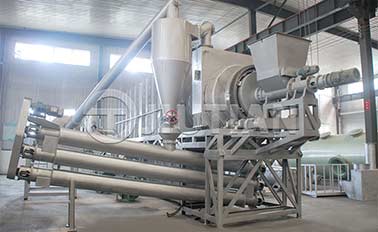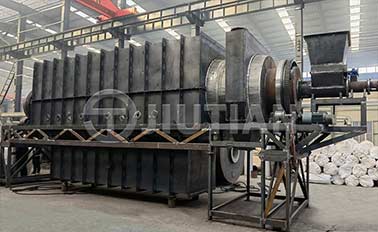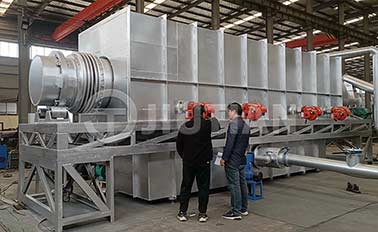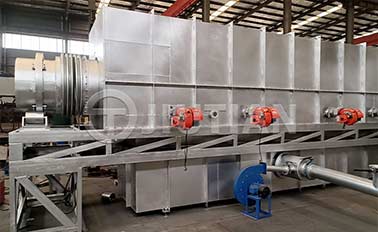Activated carbon is a porous carbonaceous material with high adsorption capacity. It is usually used in water treatment, air purification, medical applications and other fields. It is an important environmental protection material. Wood can be converted into activated carbon through a series of processing and treatment processes.
The process of making activated carbon generally involves two main steps: carbonization and activation. During the carbonization process, wood is heated to high temperatures, causing the organic matter inside it to decompose and form carbonaceous material. This process can be carried out in an oxygen-free environment to prevent wood burning.

After carbonization is completed, the carbonaceous material undergoes activation treatment. Activation refers to exposing carbonaceous materials to oxidants or steam to further increase their pore structure and adsorption capacity. Activators can be chemicals, such as alkaline compounds, or physical conditions, such as high temperature and pressure.
One of the advantages of using wood as a raw material to prepare activated carbon is its abundant availability and relatively low cost. Different wood species and treatments may produce different properties of activated carbon suitable for different uses.

Location:Indonesia
Project Progress:Put Into Production

Location:Vietnam
Project Progress:Put Into Production

Location:Kenya
Project Progress:Put Into Production

Location:Canada
Project Progress:Put Into Production